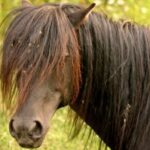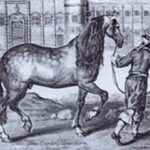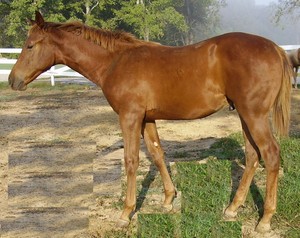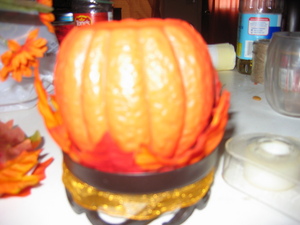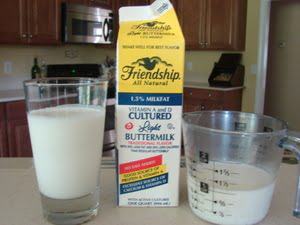When talking about Mongolian ponies, listeners may automatically assume you are talking about the Mongolian wild horse, or Przewalski’s horse. But Mongolian ponies are not Monglian wild horses. The latter are pony-sized and pony shaped and considered to be the only truly wild horse left on Earth. They are also endangered and get a lot of press. They also are a separate species from the domesticated horse and pony.
So they certainly were not the animals that hordes of conquering Mongols rode on, nor are they the mounts of modern Mongolians. Those roles belong to the Mongolian pony (also known as the Mongolian horse).
General Appearance
Mongolian ponies are generally between 12 – 15 hands high, have short necks, short legs and are built like bricks. Some do have longer legs and sleeker bodies like that of small horses, but many are often course in appearance. Many have conformation flaws frowned on by European breeds such as cow hocks, ewe necks or ram profiles. They come in any color of the equine rainbow.
Their manes and tails are often long and shaggy and their coats are left alone to deal with the harsh, wind-whipped weather on the Asian steppes. Sometimes their manes will stick up straight like a Przewalski’s, but mostly the manes lay flat. It is highly unlikely that Mongolian ponies and Przewalski’s interbreed, because the latter lives on strictly supervised ranges. But interbreeding was probably done in the past, when the Przewalski were plentiful on the steppes. But offspring from these matings most likely produced sterile offspring.
But these ponies were bred to perform a function and not to win ribbons at horse shows. They spend all of their lives on the Mongolian steppes living in quasi-feral herds and rarely spend any time in a barn or shelter. The broodmares are also milked to make kumiss, a fermented milk beverage that is very intoxicating. Ponies are also slaughtered for their meat.
Mongolian ponies are not monitored by any kind of breeding society or registry. Mother Nature pretty much is the registry association for the breed. If they can’t survive the weather, the terrain and cannot exist on available plants, then they won’t survive to breed.
Chinese Ponies
There is general confusion as to whether Chinese ponies introduced to Westerners in the late 1800’s may actually be Mongolian ponies. They are built nearly identically and have the same colorations and toughness. Even in one of the most through horse breed listings of the 1970s, “The Encyclopedia of the Horse” by Elwyn Hartley Edwards (Octopus, 1977), listed a Chinese pony breed but not a Mongolian pony breed. The ponies pictured look like Mongolian ponies.
There are at least two strains of Mongolian pony bred in Asia; one on the Mongolian steppes and the other in Szechwan. Which breed is which and whether they are both distinct breeds is a subject of some debate. There also was a strain bred in the Gobi desert as late as 1990, but whether that strain still exists is unknown.
References:
“The Encyclopedia of the Horse.” Elwyn Hartley Edwards. Octopus; 1977.
“International Encyclopedia of Horse Breeds.” Bonnie Hendricks. University of Oklahoma Press; 1995.Wikipedia. “Mongolian horse.” http://en.wikipedia.org/wiki/Mongolian_Pony
Wikipedia. “Mongolian horse.” http://en.wikipedia.org/wiki/Mongolian_Pony


